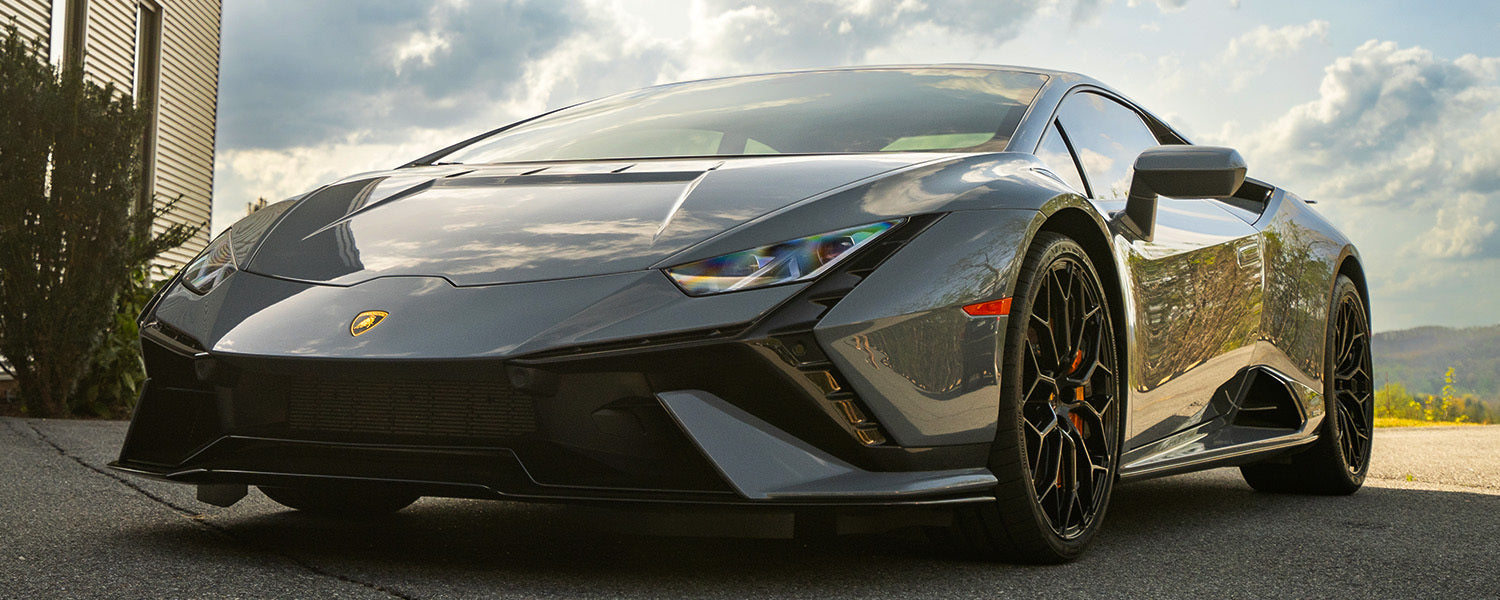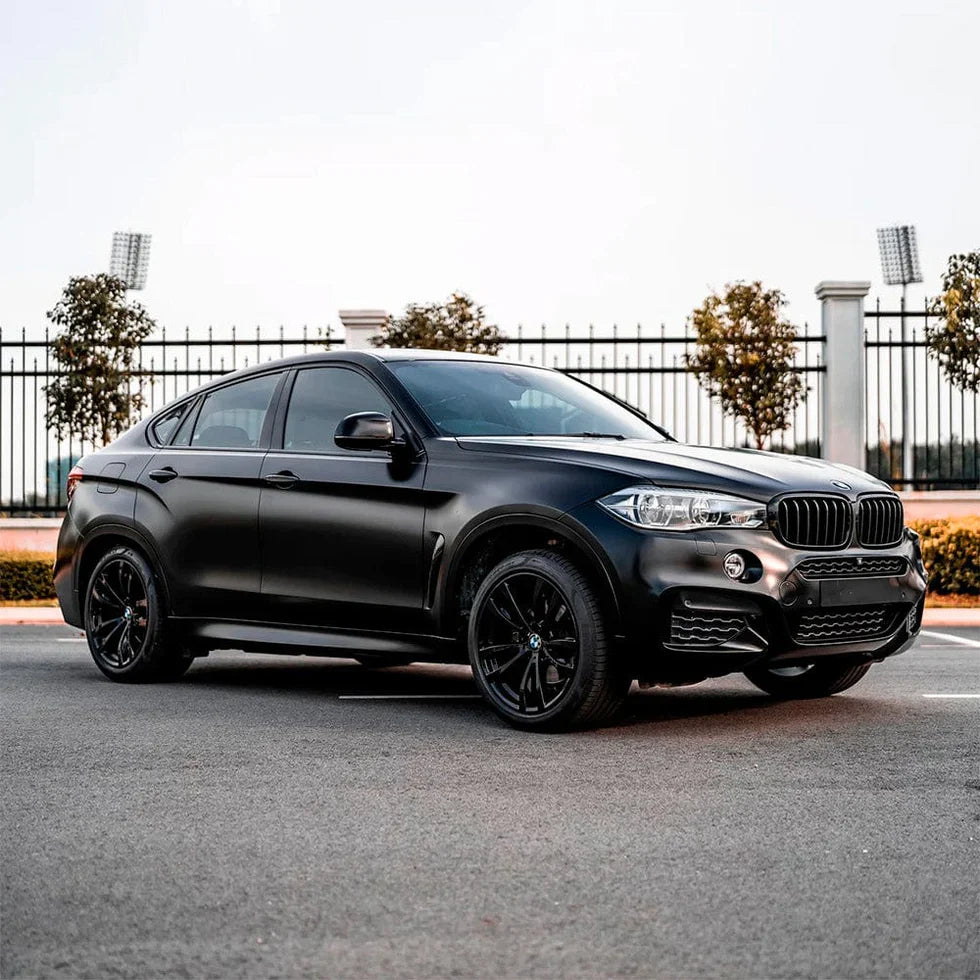Paint Protection Film isn’t just a fancy plastic wrap for your car—it’s advanced technology that acts as a second skin for your vehicle’s exterior.
What is TPU-Based PPF?
Modern PPFs are made from thermoplastic polyurethane (TPU), a flexible, durable material known for its self-healing properties. That means minor scratches and swirls disappear with heat exposure—from the sun or a heat gun.
Multi-Layer Protection
High-quality PPF typically features:
-
A top coat that resists stains and enhances gloss
-
A self-healing layer for minor abrasions
-
A TPU core for impact resistance
-
Adhesive that bonds firmly without damaging paint
Performance in Real-World Conditions
TPU PPF offers superior resistance to bird droppings, tree sap, road salt, and even light hail. It protects your paint against UV rays and oxidation, keeping colors vibrant for years.
Why It Matters
Understanding the science behind PPF helps car owners appreciate not just the aesthetic benefits but also the technical precision involved in protecting your investment.






Share:
Paint Protection Film vs. Ceramic Coating: Which One Do You Need?
Is Paint Protection Film Worth It? Here’s What You Need to Know